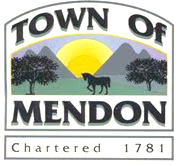Fair market value is the benchmark utilized by the State of Vermont Tax Department to value real property. By definition, the fair market value of a property is the price which the property will bring in the market when offered for sale and purchased by another, taking into consideration all the elements of the availability of the property, its use both potential and prospective, any functional deficiencies and all other elements such as age and condition which combine to give property a market value. In determining estimated fair market value, the sale price of the property in question is one element to consider, but is not solely determinative (32 VSA 3481) (partial).
Fair market value can be determined by utilizing the sales, cost, or income approach. Residential properties are typically valued with an emphasis on the sales comparison approach, while the income approach is most often used in the appraisal of income producing properties, i.e. commercial, industrial and rental properties.
Sales Comparison Approach
In completing a fee appraisal on a residential property using the sales comparison approach, an appraiser directly compares at least 3 similar properties to the property being appraised (subject property). These properties are analyzed, and the sale prices are then adjusted to account for the differences between the comparables and the subject. The conclusion is a range of values from which the appraiser selects the most probable market value.
In assessing an entire town, all bona fide sales within a defined time period are analyzed in order to develop tables and factors to apply to all properties in town. The methodology is still based on sales, however, the assessment process tends to bring values to a median, rather than assessing to particularly high or low sales. This median, or middle, value lessens the effect of particularly high or low sales.
